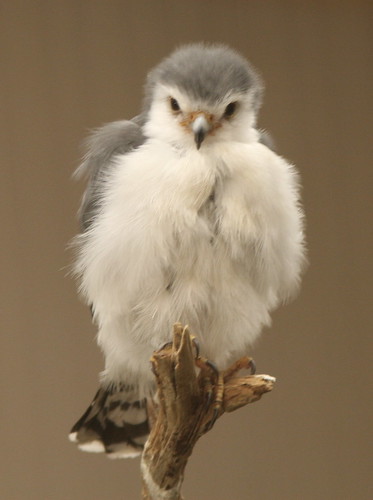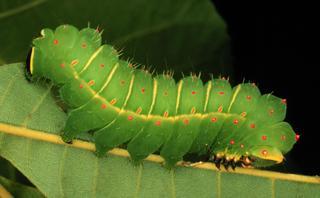
WEEKEND SURPRISE!
I saw this video a few minutes ago, and think it's the greatest thing in the world.
I couldn't wait until monday to share. (shhh don't tell anyone at work). They're in SE Asia / China. And the DC Zoo. And they're conservation status? Least Concern. Perfect.
Basically, this bird is in the pheasant family, which are known to have impressive courtship display. This one is no exception. Not even close. Best thing ever.
Here's Video #1 (Watch from :48 seconds in):
And for Video #2, this is, well, just too entertaining to pass up:
I saw this video a few minutes ago, and think it's the greatest thing in the world.
I couldn't wait until monday to share. (shhh don't tell anyone at work). They're in SE Asia / China. And the DC Zoo. And they're conservation status? Least Concern. Perfect.
Basically, this bird is in the pheasant family, which are known to have impressive courtship display. This one is no exception. Not even close. Best thing ever.
Here's Video #1 (Watch from :48 seconds in):
And for Video #2, this is, well, just too entertaining to pass up:













































